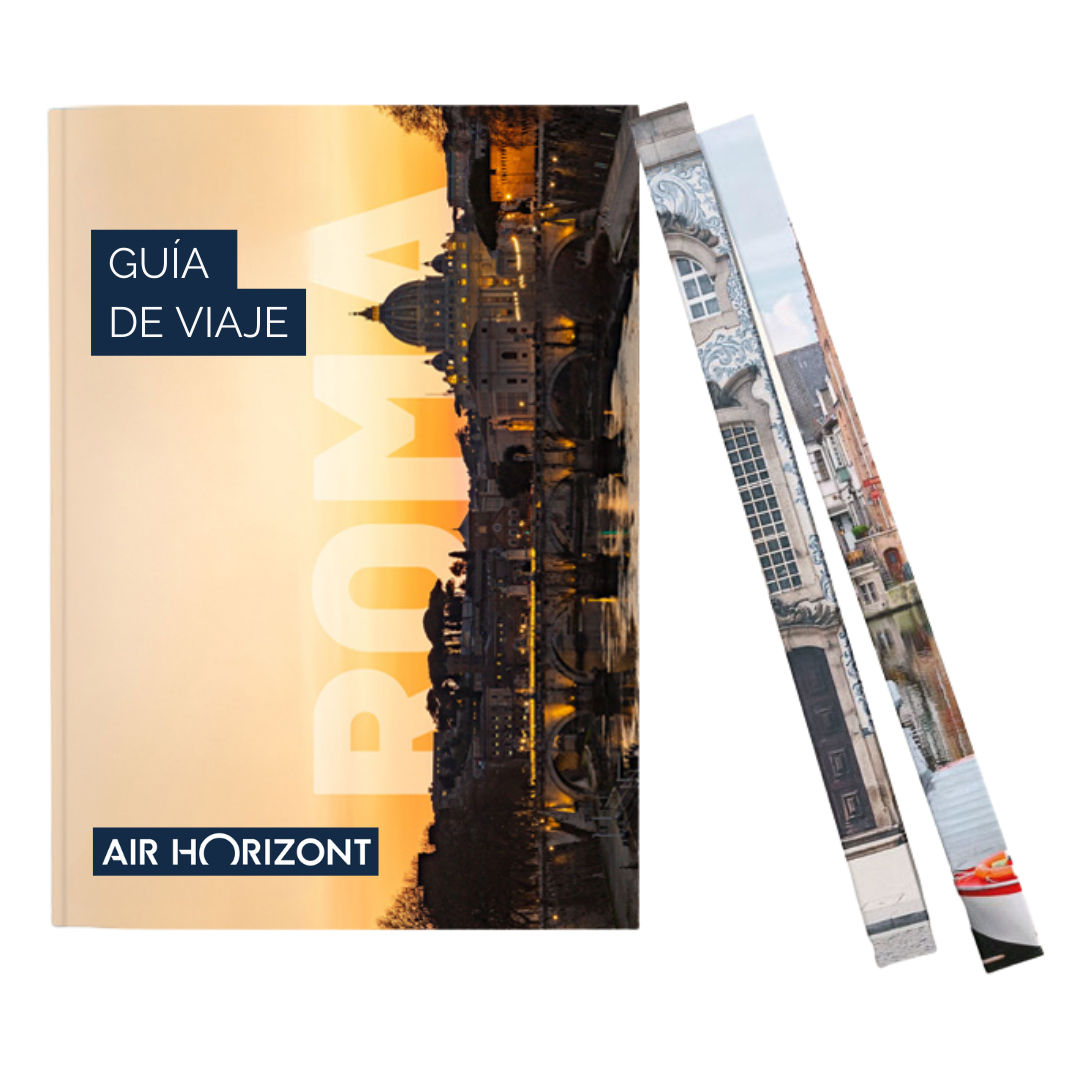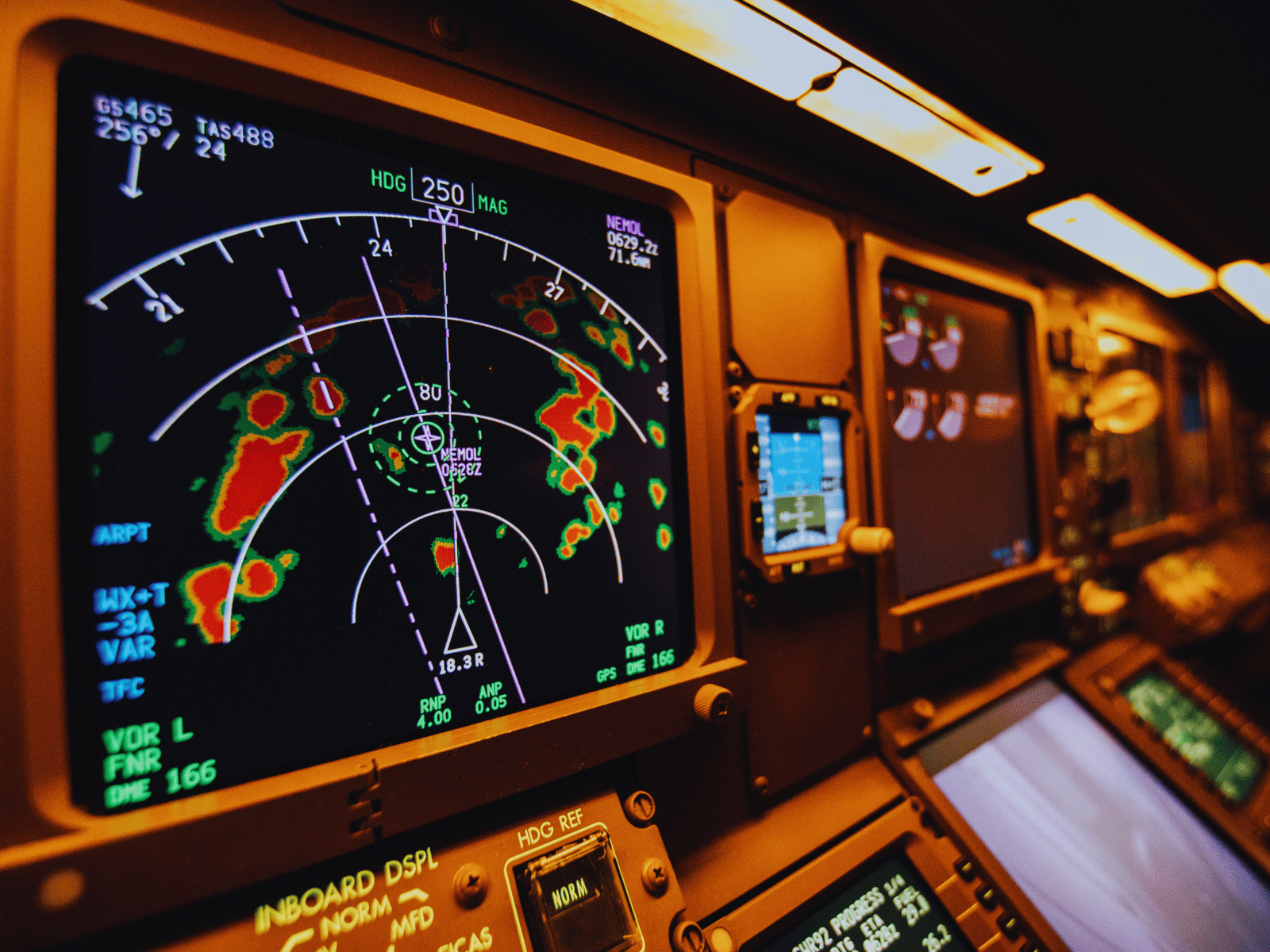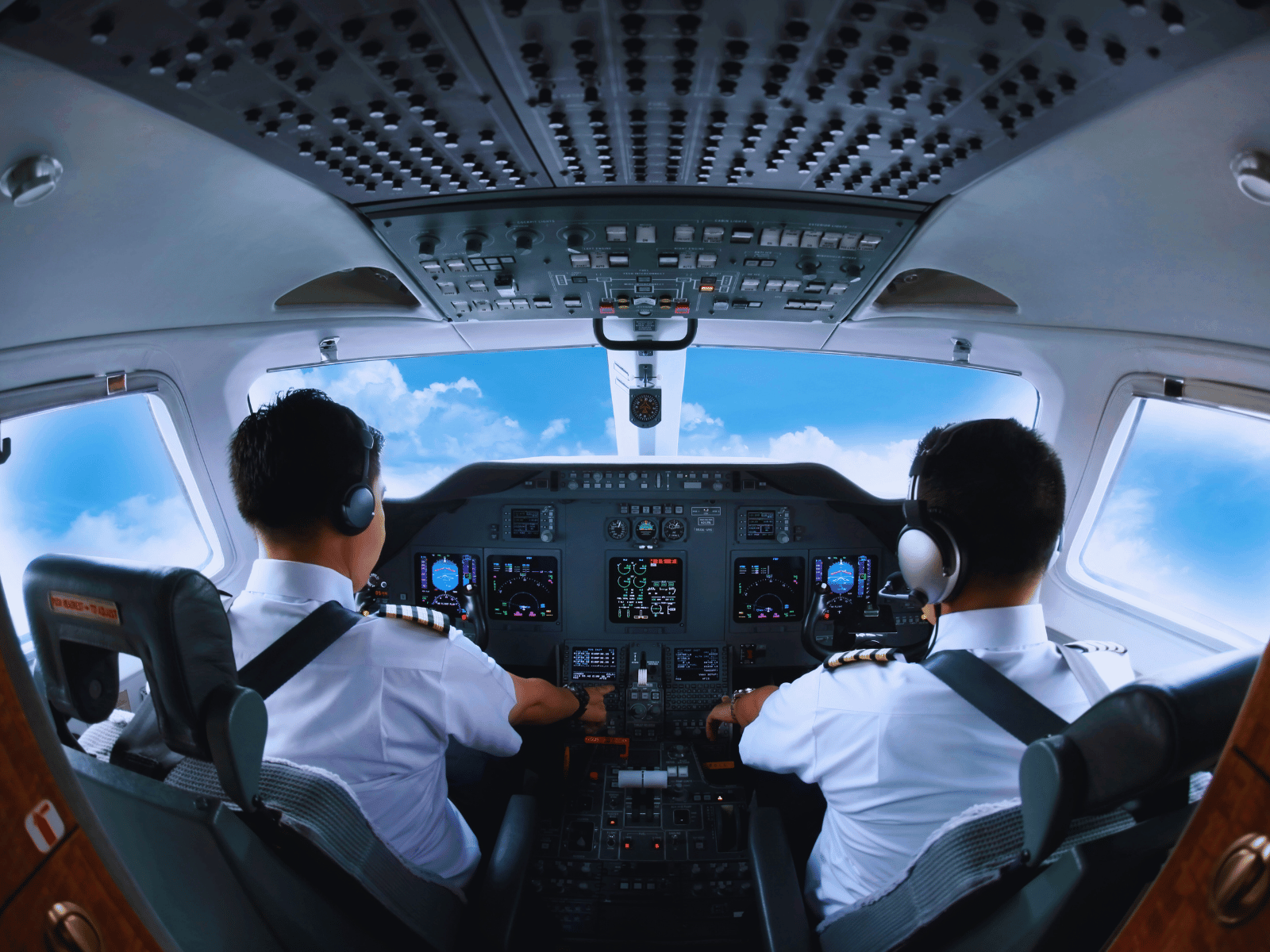Zaragoza, August 5, 2024
Radar is a crucial part of modern aviation, essential for the safety and efficiency of commercial aircraft and air traffic in general.
Although the technology may seem complicated, its function and usefulness can be explained in a simple way to any curious reader.
Aircraft radar is used to detect and track objects in airspace, providing real-time information on the position, speed and direction of other aircraft.
This information is vital to avoid collisions and manage air traffic safely and efficiently.
Types of aviation radars
There are several types of radars used in aviation, each with a specific function:
- Primary Radar (PSR): Emits radio waves and detects echoes reflected by aircraft. It does not require any additional equipment on the aircraft and is useful for detecting any object in the air.
- Secondary Radar (SSR): In addition to detecting the presence of an aircraft, it can also receive additional information transmitted from the aircraft, such as flight number, altitude and transponder code. This is accomplished through the use of a transponder on the aircraft, which responds to radar signals with specific information.
- Weather Radar: Installed on the aircraft itself, this radar detects adverse weather conditions, such as storms, turbulence and precipitation, allowing pilots to adjust the flight path to avoid these dangerous areas.
Real-time flight tracking
Real-time flight tracking is an important function of radar in aviation. Using systems such as the ADS-B (Automatic Dependent Surveillance-Broadcast) receiver, aircraft continuously transmit their position, altitude, speed and other data to ground stations and satellites. This information is shared with air traffic controllers and other aircraft, improving situational awareness and safety in airspace.
Airspace and air traffic management
Radar is fundamental to airspace management, which is divided into several controlled zones to organize air traffic efficiently. Air traffic controllers use radar data to coordinate aircraft movements, ensuring that they maintain safe separation between them. This is especially crucial in congested areas and at lower altitudes, where the risk of collision is higher.
Aircraft identification
Each aircraft has a unique serial number and an assigned flight number for each trip. Radar, along with tracking systems such as ADS-B, allows controllers to identify and track each aircraft type individually. This precise identification is essential to coordinate flight operations and ensure that each aircraft follows its intended route without interference.
Safety and collision prevention
Radar contributes significantly to flight safety. By providing real-time information on the location and movement of other aircraft, it enables pilots and air traffic controllers to make informed decisions to avoid collisions. In emergency situations, radar can help detect missing aircraft and coordinate rescue operations.
Innovations and future of radar in aviation
Radar technology has evolved significantly since its inception. Today, the use of satellites and advanced navigation systems complements traditional radar, providing wider and more accurate coverage. In addition, the integration of radar data with other communication systems, such as email and flight tracking applications, allows passengers and airline operators to monitor flight status in real time.
Radar is an indispensable tool in modern aviation, essential for safety and efficient air traffic management. From detecting objects in airspace to tracking flights in real time, radar provides the critical information that keeps aircraft in the air in a safe and organized manner. The next time you travel on a commercial aircraft, remember that behind that quiet and safe experience, there is a complex and sophisticated network of radar technologies hard at work to ensure your safety.
At Air Horizont, we understand the importance of these technologies and are committed to safety and efficiency on all of our flights. Whether you're planning a business trip or a vacation, you can trust that our operations are supported by the best in radar and air traffic management technology - fly with confidence and peace of mind with Air Horizont!
If you liked it, share this article
YOU WILL ENJOY READING


JOIN THE CLUB
"LIVE FLYING"
WHY WILL YOU LIKE IT?
In the club you will find...
- Promotions with special discounts only for subscribers.
- Travelers' meetings.
- Online travel chats, learn the secrets of the cities where we fly.
- Sweepstakes and contests.
- Top guides with the best secrets of the cities where we are going to escape.
- Solidarity actions.
- Workshops from "losing the fear of flying" to "how to organize your getaway saving time and money".
- Ask the expert: everything you would like to know about the world of aviation and never dared to ask.
- Passenger stories. Share with your fellow club members the photo, anecdote or story that caught your attention during your trip.




